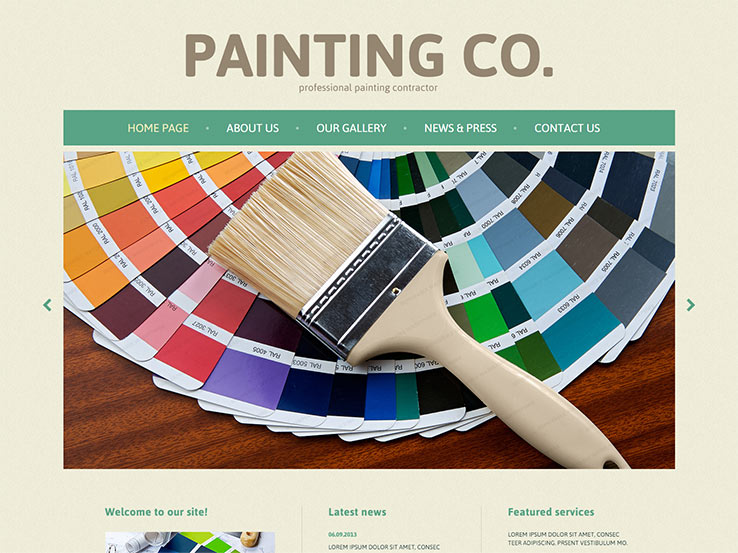Recognizing Seasonal Influences On Commercial Exterior Paint: Necessary Understanding For Success
Recognizing Seasonal Influences On Commercial Exterior Paint: Necessary Understanding For Success
Blog Article
Authored By-Doherty Decker
When you're planning a business outside paint job, seasonal variables can make or damage your results. You'll intend to think about how temperature level and humidity effect paint application and drying out times. Choosing the right period can ensure your paint adheres appropriately and lasts longer. Yet which periods are truly the most effective for this sort of work? Let's explore the crucial elements that can impact your job's success.
The Impact of Temperature on Paint Application
When you're intending an industrial external paint project, the temperature can substantially influence just how well the paint adheres and dries.
Preferably, you intend to paint when temperature levels vary in between 50 ° F and 85 ° F. If it's as well chilly, the paint might not cure correctly, leading to issues like peeling or breaking.
On the flip side, if it's as well hot, the paint can dry also swiftly, stopping proper bond and resulting in an unequal finish.
You must also take into consideration the moment of day; morning or late afternoon supplies cooler temperatures, which can be more desirable.
Always check the manufacturer's recommendations for the specific paint you're utilizing, as they usually offer assistance on the ideal temperature level array for optimal outcomes.
Humidity and Its Impact on Drying Times
Temperature level isn't the only environmental variable that affects your business exterior paint task; humidity plays a considerable function as well. paint contractors near me can slow down drying out times substantially, affecting the total quality of your paint work.
When the air is filled with moisture, the paint takes longer to cure, which can bring about concerns like bad adhesion and a higher danger of mildew development. If you're repainting on a particularly humid day, be planned for prolonged wait times between coats.
It's critical to monitor local climate condition and plan appropriately. Preferably, go for visit my website between 40% and 70% for ideal drying out.
Keeping these factors in mind guarantees your project remains on track and provides a lasting coating.
Best Seasons for Commercial Outside Paint Projects
What's the most effective season for your commercial outside paint tasks?
Spring and early autumn are typically your best bets. Throughout these seasons, temperature levels are light, and humidity degrees are usually reduced, producing excellent problems for paint application and drying out.
Prevent summertime's intense heat, which can trigger paint to completely dry as well promptly, causing poor bond and surface. Likewise, winter months's cool temperature levels can impede correct drying and curing, risking the long life of your paint task.
Go for days with temperature levels in between 50 ° F and 85 ° F for optimum results. Remember to check the neighborhood weather prediction for rainfall, as wet conditions can spoil your project.
Preparation around these elements guarantees your paint project runs smoothly and lasts much longer.
Verdict
Finally, intending your commercial exterior paint tasks around seasonal considerations can make a considerable distinction in the result. By scheduling work throughout the perfect temperatures and humidity degrees, you'll make certain better attachment and drying times. Remember to keep an eye on local weather report and select the right time of year-- springtime and very early fall are your best choices. Taking these steps will certainly aid you achieve a long lasting and professional coating that lasts.
